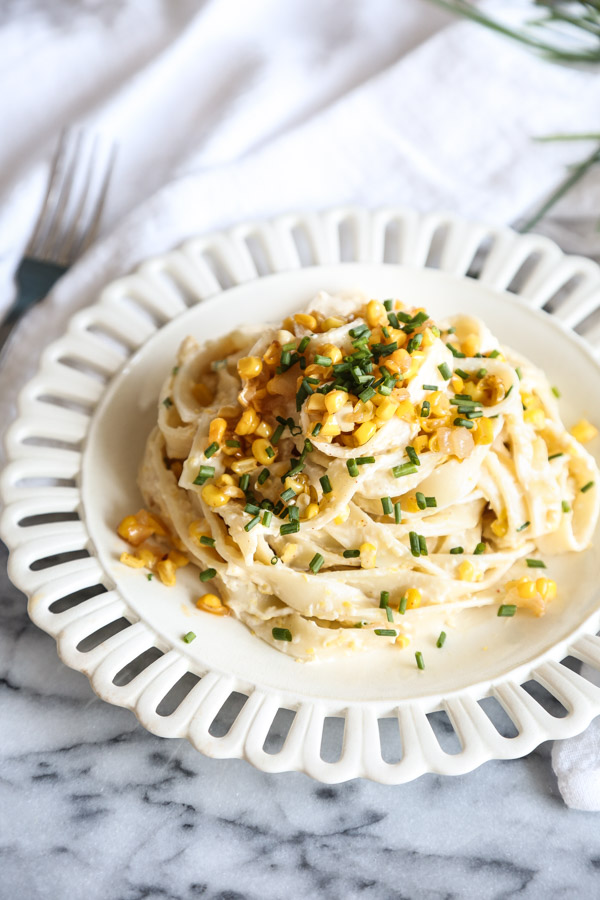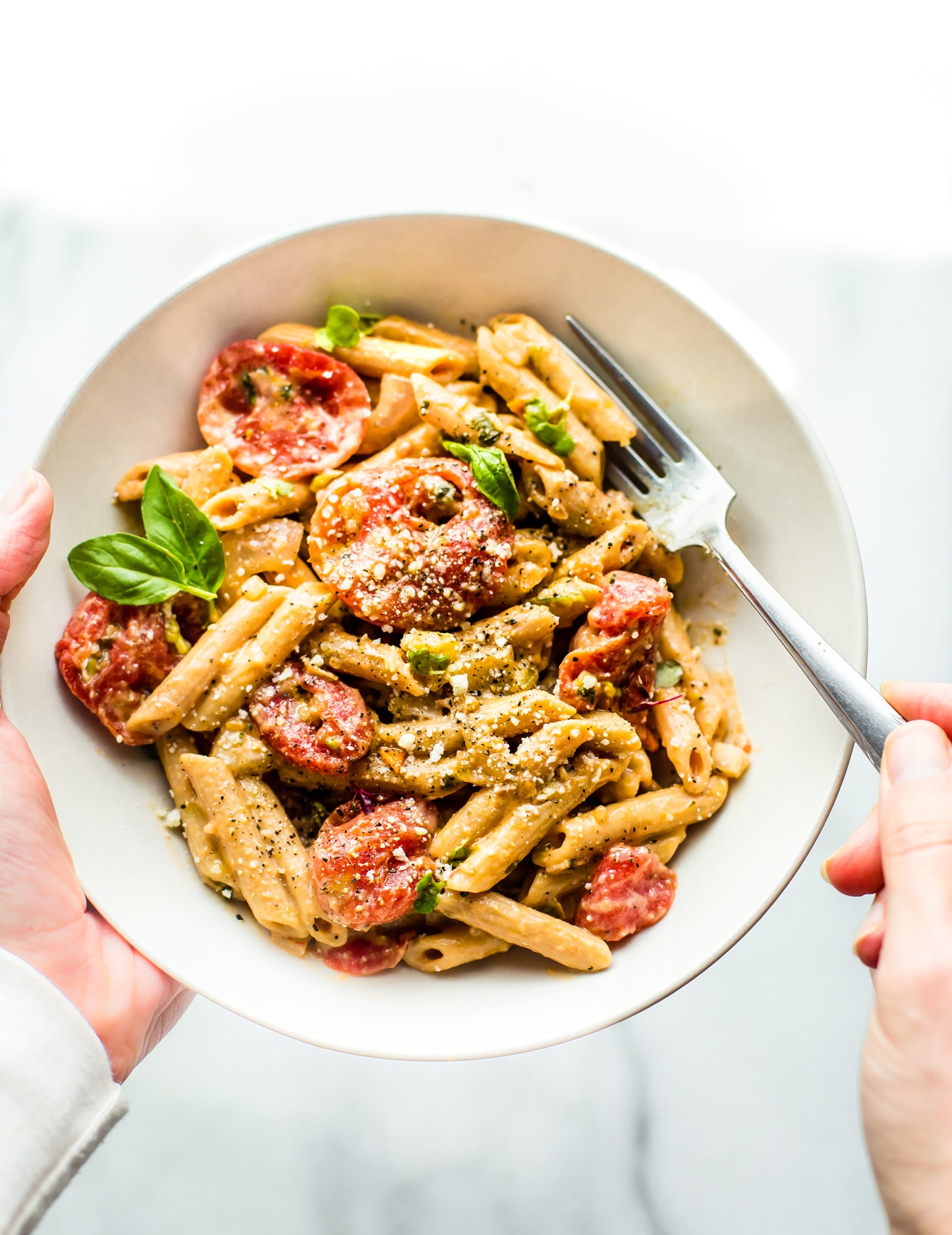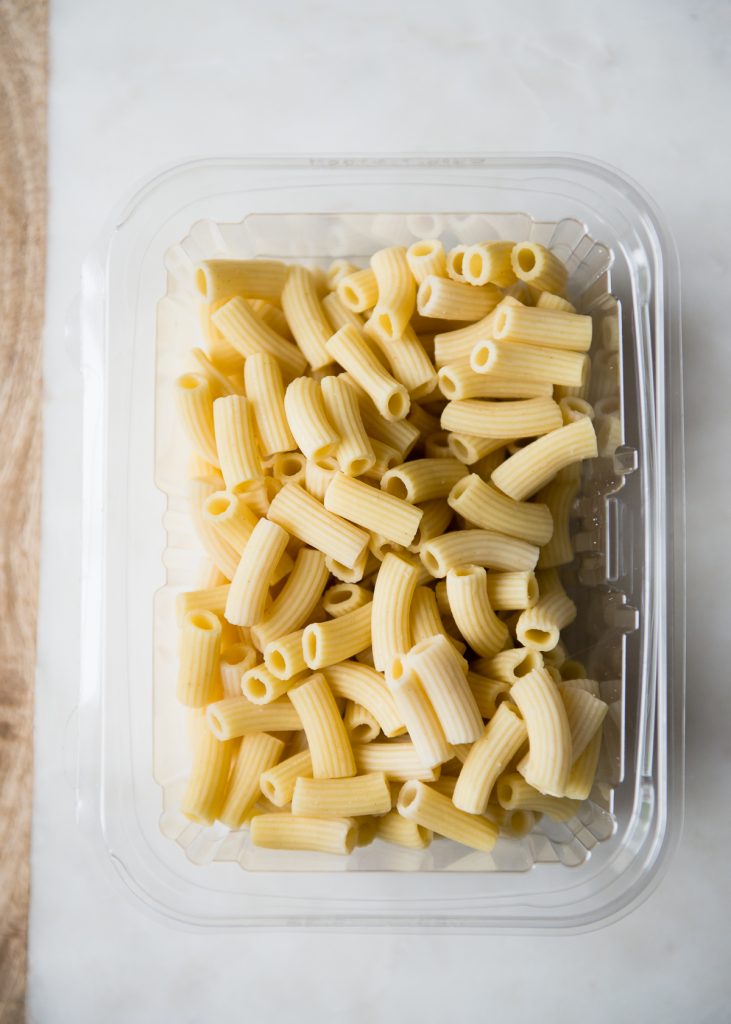


Barilla is by far the superior gluten-free pasta. I’ve seen Cappello’s - which costs $11 for nine ounces - ranked as the best gluten-free pasta on websites and in magazines, and while everyone is entitled to their own opinion, they’re all wrong. They meet most, if not all, of my criteria listed above, and they’re so tasty you can hardly tell the difference. With all that said (and eaten), I feel confident that these eight are the best gluten-free pastas, from spaghetti to gnocchi. And while that’s a reality I’ve grown to accept, some things are so much pricier (think: $11 for a nine ounce box of spaghetti) that it’s simply not worth it to me, so I often seek out reasonably priced options. (Before I found actually good alternatives, I’d painstakingly weigh out my pasta to ensure I wouldn’t waste any food because I couldn’t save it for the next day.) Lastly, gluten-free stuff is generally expensive. Some literally crumble the next day in the fridge, while others harden to the point of inedibility. And yet another issue: Most gluten-free pastas need to be eaten fresh. I’ve also found that some gluten-free pastas puzzlingly don’t absorb sauce - you have to drown the pasta in sauce to pick up any flavor. To counteract the texture problems, some brands make their pasta thicker, which gives the noodles a chewy texture (also not great). Not all gluten-free pastas taste like pasta - the high-protein ones absolutely do not - and many have a mushy or grainy texture, negating the joy of eating pasta. I judge pasta on five factors: taste, texture, sauce absorption, longevity in the fridge, and price. When I eat gluten-free pasta, I’m looking for the closest match to wheat-based pasta possible, not a “healthy” approximation of the real thing.

Since going gluten-free, I’ve tried dozens of both types, though I far prefer the former. Gluten-free pasta has come a long way from the mushy, tasteless noodles that I tried when I went gluten-free a few years ago, and many mainstream brands actually provide truly great gluten-free alternatives.įor the uninitiated, there are two kinds of gluten-free pastas: ones made from things like corn and rice flours that closely resemble wheat-based pasta, and the ones marketed as healthy alternatives to wheat-based pasta and made from things like chickpeas and red lentils. The first thing people ask me when I say I’m gluten-intolerant is, “How do you live without pasta?” And, well, honestly? I’m doing just fine. To cook, place in a pan of boiling salted water for around 3 minutes, or until al dente, then serve how you like it.Photo-Illustration: The Strategist Photos: Retailers If you want to make tagliatelle, roll the pasta through the tagliatelle setting on your pasta machine, or use a sharp knife to slice the pasta sheets lengthways into long strips (roughly 7mm thick), placing on a flour-dusted tray as you go. Now’s the time to transform your dough into whichever variety of pasta you like.Once you have a thin sheet of pasta (about 2mm thick), set aside on a flour-dusted surface and cover with a damp tea towel to avoid it drying out, then continue with the remaining dough.

Now, start clicking the settings down, rolling the pasta through each setting twice – gluten-free pasta isn’t as elastic as standard pasta, so make sure you avoid using the two narrowest settings, otherwise it may rip.Roll the pasta through the widest setting a second time, then click the machine down a setting and roll the dough through again. Start at the widest setting and roll the dough through it, lightly dusting with the rice flour if it sticks. Cut the dough into four pieces, then carefully press a portion out flat with your fingertips and start to roll it out using a pasta machine.Tip out onto a flour-dusted surface and knead for 3 to 5 minutes, or until smooth. Place the ingredients in a food processor and blitz to a rough dough.


 0 kommentar(er)
0 kommentar(er)
